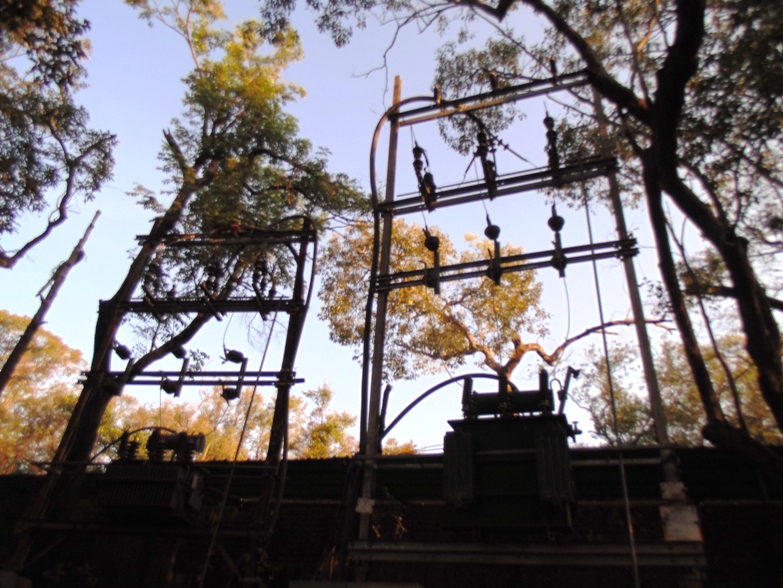Combined losses of state government-owned power distribution companies (discoms) fell year-on-year to around Rs.75,000 crore in FY20, according to information tabled in Parliament.
However, this decline in losses should be seen against the fact that such losses had indeed spiked in FY19 (to Rs.88,057 crore) from Rs.59,997 crore in FY18. Hence, if one compares FY20 performance with that in FY18, the losses have indeed widened.
States like Tamil Nadu, Rajasthan, Maharashtra, Telangana and Madhya Pradesh continued to reel under heavy losses during FY20. (See table). Tamil Nadu was the worst performer with discom losses of Rs.19684 crore in FY20, worsening from Rs.17,962 crore in FY19 and Rs.12,541 crore in FY18.
Rajasthan came next in terms of loss quantum – Rs.12,277 crore in FY20 maintaining the FY19 level of Rs.12,524 crore.
Maharashtra was an interesting case with losses of Rs.7,117 crore in FY20 as against a profit of Rs.1,916 crore in FY19.
Gujarat was the best performing state recording profit of Rs.311 crore in FY20 – the highest by any state that year. Gujarat has generally remained in the “profit” zone , at least for the period FY18 to FY20, and so has Haryana. (See related story)
Private sector
The information tabled in Parliament has also quantified financial performance of private sector utilities (including JVs with state governments). Such private entities are currently operating in Delhi, Gujarat, Maharashtra, Uttar Pradesh (Agra circle) and West Bengal. Private utilities have been profitable at the aggregate level in each of the years from FY18 to FY20. However, combined profits of private utilities declined rather sharply to Rs.471 in FY20 from Rs.1357 crore in FY19. This was mainly due to private utilities in Delhi, whose combined profit of Rs.643 crore in FY19 turned to losses of Rs.975 crore in FY20. [Readers may note that information tabled in Parliament did not provide granularity up to the utility-level.]
Reviving power distribution
It was also informed in Parliament that the government has taken several steps through interventions of schemes such as DDUGJY and IPDS to help State discoms reduce AT&C losses, which is one of the major reasons for financial losses.
The interventions under these schemes include feeder segregation, Information Technology (IT)/Operational Technology (OT) measures such as SCADA, DMS, ERP and remote monitoring of feeder. Further, the Central Government has approved a “Revamped Distribution Sector Scheme – A Reforms based and Results linked Scheme” with the objective of improving the quality and reliability of power supply to consumers through a financially sustainable and operationally efficient distribution Sector. The scheme has an outlay of Rs.3,03,758 crore. Under the scheme, eligible discoms would be provided financial support for upgrade of distribution infrastructure and smart metering systems for the network as well as prepaid smart metering systems for consumers linked to initiation of reforms and achievement of results. A discom which does not improve as per Action Plan, will not be able to access funds under this scheme, Parliament was informed.

